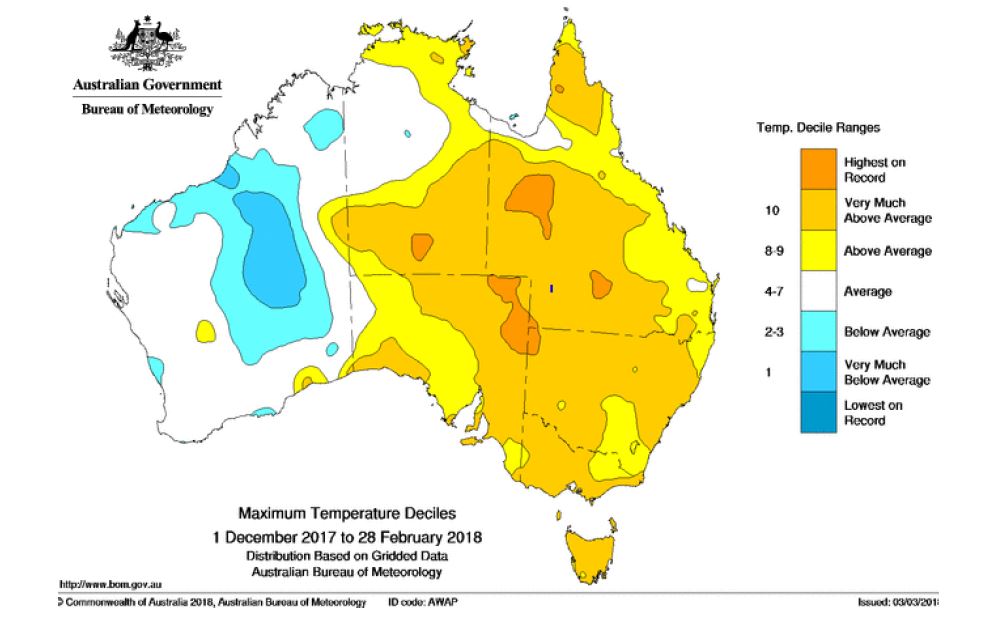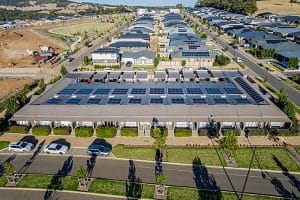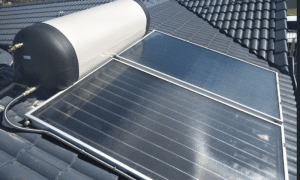The Australian Energy Market Operator (AEMO) has released its summer operations review report for 2017-18. In a nutshell, the report is a review of how well the National Energy Market (NEM) operated over summer. It also serves as a resource for future energy market planning and decision-making, especially as related to energy security forecasting.
Sound forecasting and forward-planning are especially essential for summer, as it is the highest-use season for electricity. It is also the highest-risk season for catastrophic events like bushfires and storms.

Improving solar irradiation and wind forecasting also helps with integrating solar power into the grid, and for improving grid stability. If AEMO can predict a renewable energy shortfall, it can summon alternative energy sources.
AEMO summer report summary: so far so good
Overall, the NEM performance summer of 2017-18 gets the thumbs up.
AEMO’s executive general manager of operations David Sanford said generation and transmission performed above expectations,. This was an especially good result as it was the second-warmest summer on record. This was a result of:
- Collaboration between government and industry. This included working with industry to secure supplies of coal, gas and hydro power.
- Securing additional supplies when needed in the energy market and also off-market. Included the sourcing of 833 MW of extra supply from mothballed generators in South Australia, Queensland and Tasmania.
- Greater collaboration with weather service providers such as the Bureau of Meteorology to improve forecasting of demand and climate conditions.
The review showed that there were fewer unplanned outages of supply compared to 2016-17.
AEMO says there is a need for further work and adjustments to ensure continued energy reliability and affordability.
Accurate energy security forecasting helps keep lights on
AEMO is involved in electricity demand forecasting down to as little as 5 minutes to as much as 20 years.
But in terms of renewable energy, the agency needs to be able to predict solar activity from time frames of 5 minutes to 2 years. It does this through its Australian Solar Energy Forecasting System (ASEFS).
While ASEFS was developed in 2014, the system was improved earlier this year. There are also plans for further improvements next year.
Mass solar battery storage is key to better use of solar energy. It helps to even out demand peaks and troughs in the market.
The same also applies to residential consumers. A solar battery such as the Tesla Powerwall 2 can store unused energy for later use on demand.







































